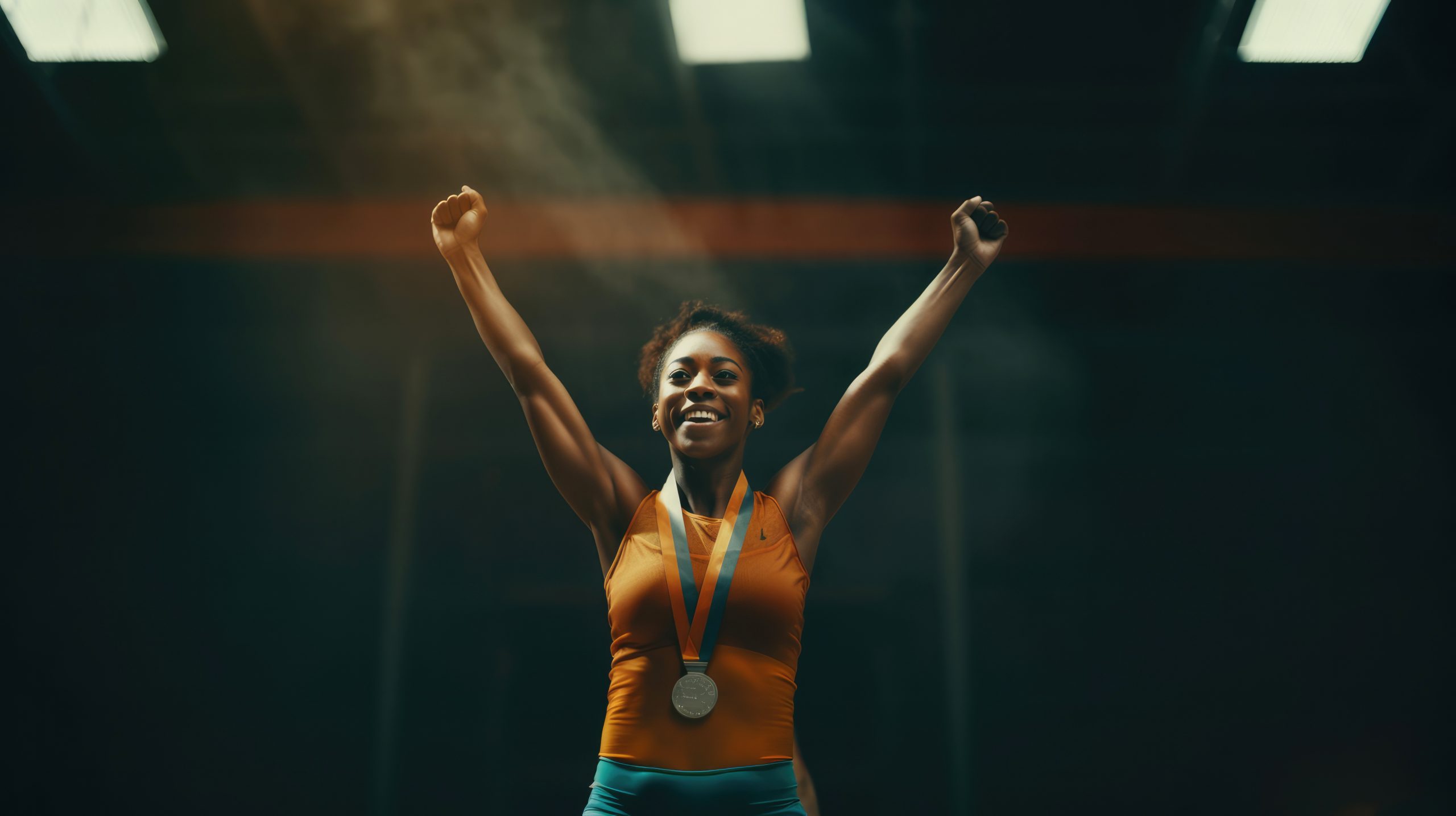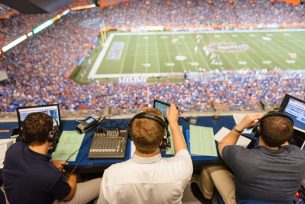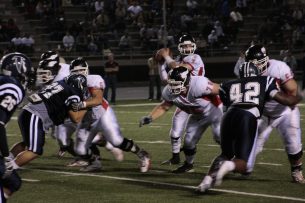Sports

Gender-Based Sports Coverage: A Quarter Century of Prime-Time Summer Olympics
The quadrennial Olympic games are an amalgam of athletic skill, national pride and examples of global unity and diplomacy. But they’re something else too: a chance for female athletes to finally get the same kind of attention that male athletes do.
It’s not a new phenomenon, nor is it particularly subtle. It’s known as “hegemonic masculinity” – the idea that on a basic level, we are taught that men are superior to women, and we see it play out often in the world of sports. Sports broadcasting is in general highly gendered, and highly skewed toward men, with female athletes receiving a fraction of the media attention that their male counterparts do.
The Olympic Games are different, though. While it wasn’t always the case, the Olympics are now quite inclusive. In fact, the 2020 Tokyo games were dubbed “the first ever gender-balanced Olympics,” and Team USA actually sent more female athletes than males, continuing a trend that began in the 2012 London games. The Summer games especially are considered the most-covered mixed-gender sporting event in the world, and they represent a huge opportunity to highlight women’s athletic prowess and accomplishments.
The coverage at an event like this matters, and it goes beyond just exposure. What gets shown to audiences and how it is shown is part of a process called “framing,” which selects certain aspects of a topic and highlights them for an audience. When there is a huge lack of women’s sports coverage outside of the Olympics, that is framing them in such a way as to suggest that they don’t matter. Devoting time to them during the Olympics then, can help to counter that idea and make it so they do.
This makes it vital to understand what broadcast media coverage is like during the Olympics – what sports get shown, which athletes are interviewed, who is doing the interviewing. All of these things can send gendered framing cues that can impact the way the audience is viewing women’s sports
Researchers Roxane Coche, University of Florida College of Journalism and Communications Media Production, Management, and Technology Department associate professor and chair, and C. A. Tuggle, John H. Stembler Jr. Distinguished Professor at the University of North Carolina Hussman School of Journalism and Media, studied a quarter century of NBC’s primetime Summer Olympics coverage, examining the ways that women’s sports were framed for audiences over the years.
To do this, they analyzed almost 311 hours of coverage, spanning from 1996 to the most recent Summer games in 2021, looking at how much coverage time was devoted to women’s sports generally, what kind of sports were highlighted for men and women, and how often both athletes and non-athletes (coaches, reporters, anchors, announcers) who appeared in segments were women.
Their study highlighted some mixed results – while gender-based representation of athletes has been equal in terms of screen time for years (and at times even underrepresent men), women’s sports are still framed in such a way as to promote hegemonic masculinity.
There was equitable coverage during the most recent Summer games in terms of gold medals won – female athletes won 59% of Team USA’s gold medals and received about the same amount of total broadcast time. When looking at total medals won, however, women were underrepresented in comparison to their wins.
Framing is about much more than just screen time, however – exactly what is being shown when female athletes are highlighted matters, and it is here that this study revealed some important differences between men’s and women’s coverage.
The types of sports that were selected for broadcast were clearly very different for men and women. Over the 25 years of this study, power- and high-contact sports coverage leaned heavily toward men, with 68% of coverage. Team sports saw a similar sort of issue with representation.
Women did receive significantly more coverage than men, with almost five hours more coverage in total. However, this was mostly due to beach volleyball, a sport that is highly codified as being “acceptable” for women. When beach volleyball was taken out of the equation and more traditional team sports (like basketball, soccer, rugby, field hockey) were examined, coverage reversed, and men’s sports received more than the hours of time compared to women.
The representation of women improved dramatically in the most recent Olympics, with two thirds of the coaches and athletes interviewed being female. NBC has historically relied on male sources significantly more than female ones, however. Non-athlete sources, like anchors, reporters, commentators, and analysts, were almost always male. Again, the most recent Olympics did shift slightly, with 24% of non-athlete sources being women, but over the 25 years of the study 80% of these sources were men.
In the end, this study tells a story of both progress and stagnation. While it is undoubtable that the prevalence of female athletes in the broadcasting of Olympic Summer Games represents a huge step forward for gender equality in sports, there is more work to be done. Female athletes deserve to be presented as not only skilled, but also powerful, worthy competitors in a wide range of events, and this can only be done through truly equitable framing on the part of broadcast media.
The original article, “A Quarter Century of NBC’s Prime-Time Summer Olympics,” appeared in the Journal of Sports Media, Volume 18, Number 1, Spring 2023.
Authors: Roxane Coche, C. A. Tuggle
This summary was written by Vaughan James, Ph.D.
Posted: March 27, 2024
Tagged as: Female Athletes, hegemonic masculinity, olympics, Roxane Coche


